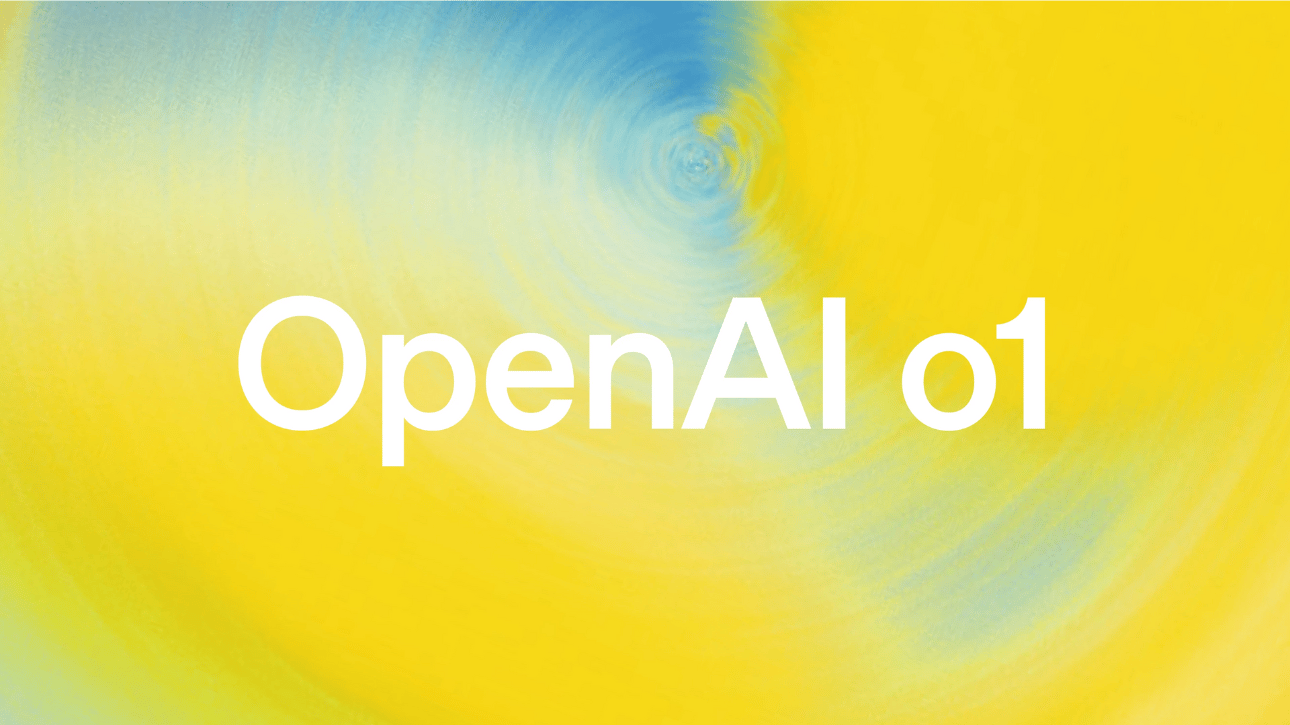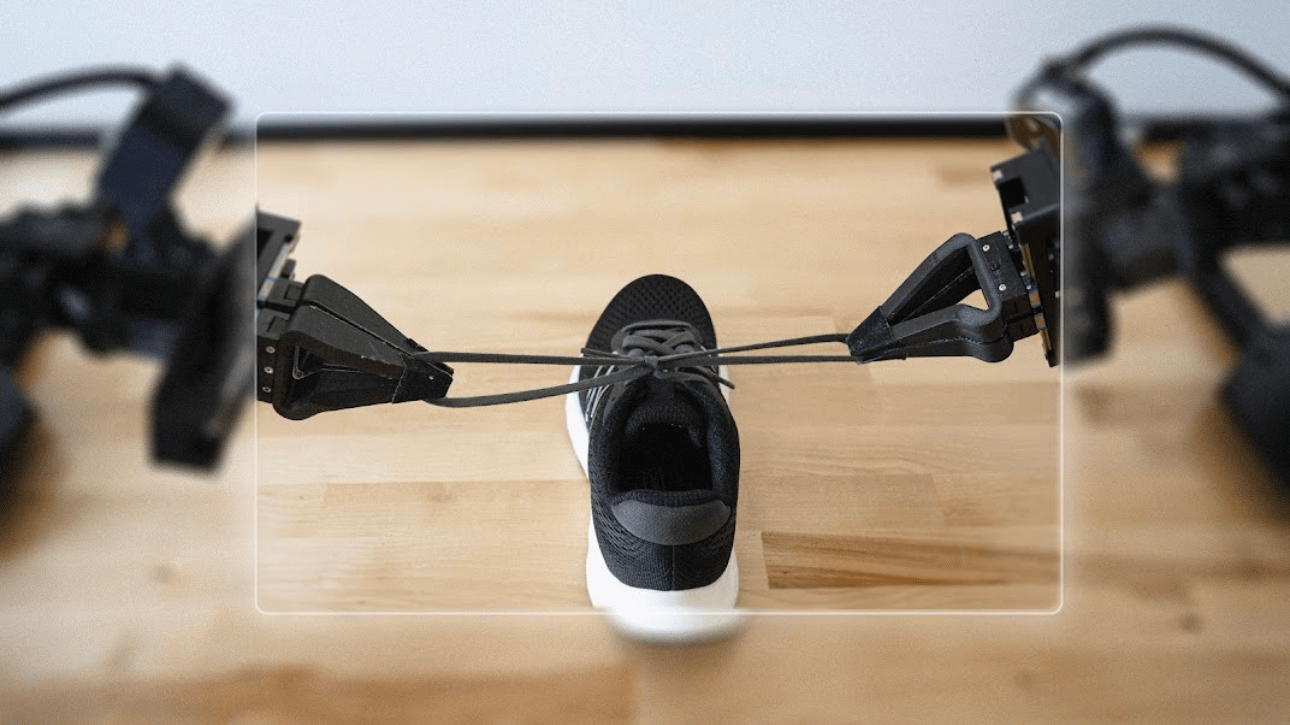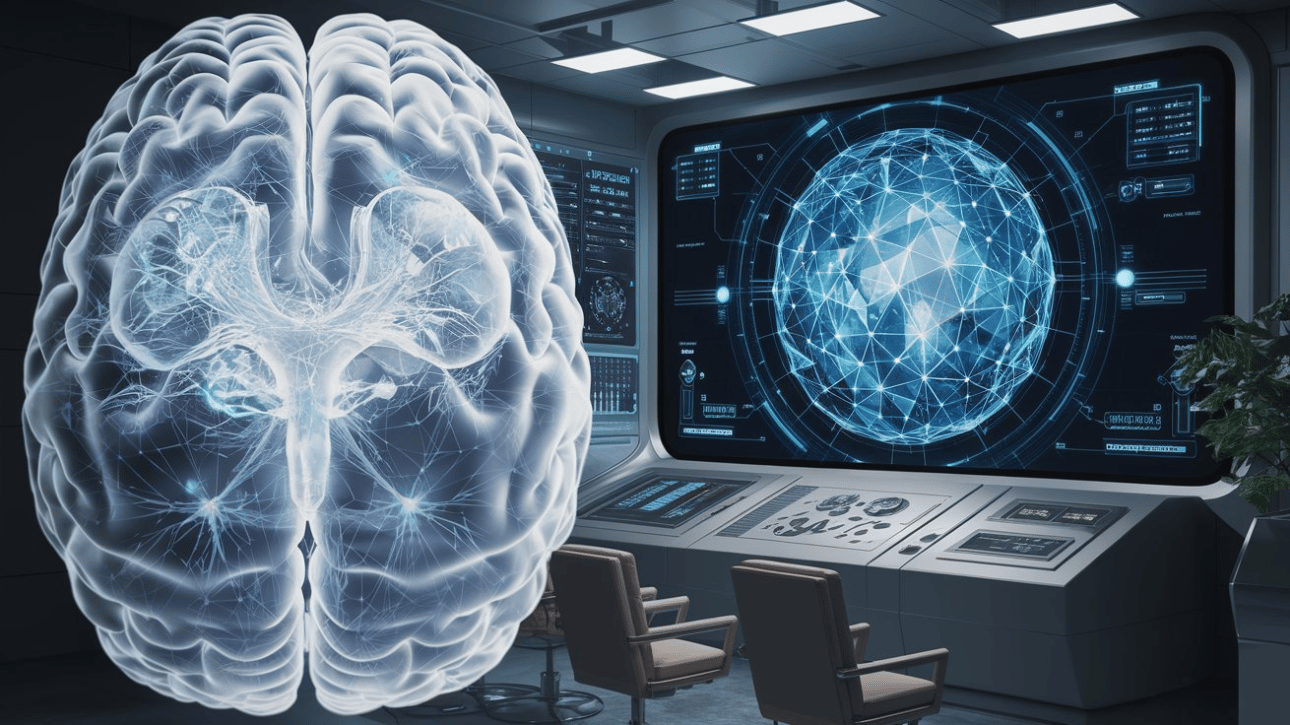- The Logical Box
- Posts
- OpenAI Unveils o1: A New Era of AI Reasoning
OpenAI Unveils o1: A New Era of AI Reasoning
PLUS: Robots Get a Grip: DeepMind's Leap in Dexterity

Hello, AI explorer! Welcome to The Logical Box
OpenAI has introduced o1-preview, a groundbreaking series of AI models designed to spend more time thinking before responding, capable of tackling complex tasks in science, coding, and math with unprecedented reasoning abilities.
Let’s get into it…
Let’s Take a Peek Inside the Box for Today’s Issue:
OpenAI Unveils o1: A New Era of AI Reasoning
Task Force on AI Datacenter Launched by The White House
Robots Get a Grip: DeepMind's Leap in Dexterity
AI Unveils the Secrets of Antibiotic Discovery
AI Decodes Brain's Visual Processing: A Window into Perception
AI Tip: Use AI for Personal Growth
Read time: 5 minutes

Image Source: OpenAI
Think Inside the Box:
OpenAI has introduced o1-preview, a groundbreaking series of AI models designed to spend more time thinking before responding, capable of tackling complex tasks in science, coding, and math with unprecedented reasoning abilities.
Unpacking the Logic:
The o1 models are trained to refine their thinking process, try different strategies, and recognize mistakes, mimicking human problem-solving.
In tests, o1 models outperformed GPT-4o significantly, solving 83% of International Mathematics Olympiad qualifying exam problems compared to GPT-4o's 13%.
o1-preview excels in complex reasoning tasks but lacks some features of ChatGPT, such as web browsing and file uploads.
A smaller version, o1-mini, offers 80% cost reduction while maintaining strong coding capabilities.
OpenAI has implemented new safety measures, with o1-preview scoring 84 out of 100 on a jailbreaking test, compared to GPT-4o's 22.
The Logical Impact:
From a practical standpoint, the introduction of o1 models represents a significant leap in AI's problem-solving capabilities, particularly in fields requiring complex reasoning. This raises a crucial question for businesses and researchers across industries: How can you leverage these advanced reasoning capabilities to solve previously intractable problems in your field, and what new possibilities does this open up for innovation and efficiency in your work?
Addition Resource: OpenAI Hub

Image source: Ideogram / Andrew Keener
Think Inside the Box:
The White House hosted a high-level roundtable on U.S. leadership in AI infrastructure, bringing together key government officials and industry leaders to discuss strategies for maintaining America's competitive edge in artificial intelligence development and deployment.
Unpacking the Logic:
The roundtable focused on expanding U.S. AI infrastructure, including compute power, to support cutting-edge AI research and development.
Participants emphasized the need for public-private partnerships to accelerate AI innovation while ensuring safety and security.
The discussion highlighted the importance of developing a skilled AI workforce through education and training initiatives.
Strategies for promoting responsible AI development and mitigating potential risks were a key topic of conversation.
The Task Force aims to coordinate government policies to promote AI datacenter development while considering economic, national security, and environmental factors.
The Logical Impact:
From a practical standpoint, this high-level meeting signals a concerted effort to bolster America's AI capabilities, potentially leading to increased investment and policy support for AI infrastructure. This raises a critical question for businesses and professionals: How can you position your organization to benefit from potential government initiatives in AI, and what steps should you take to align your AI strategy with emerging national priorities?
GOOGLE DEEPMIND
Robots Get a Grip: DeepMind's Leap in Dexterity

Image source: Google Deepmind
Think Inside the Box:
Google DeepMind has unveiled two groundbreaking AI systems, ALOHA Unleashed and DemoStart, that significantly advance robot dexterity, enabling machines to perform complex tasks like tying shoelaces and manipulating objects with unprecedented skill.
Unpacking the Logic:
ALOHA Unleashed achieves high-level dexterity in bi-arm manipulation, allowing robots to perform tasks such as tying shoelaces, hanging shirts, and even repairing other robots.
The system builds on the ALOHA 2 platform, improving hardware ergonomics and enhancing the learning process through teleoperation and diffusion methods.
DemoStart uses reinforcement learning to help robots acquire dexterous behaviors in simulation, requiring 100x fewer demonstrations than traditional methods.
In real-world tests, DemoStart achieved a 97% success rate on cube reorientation and lifting, and 64% on a challenging plug-socket insertion task.
These advancements bridge the gap between simulation and real-world performance, potentially reducing the cost and time needed for physical robot experiments.
The Logical Impact:
From a practical standpoint, these breakthroughs in robot dexterity bring us closer to a future where AI-powered robots can assist with a wide range of tasks in homes and workplaces. This raises a crucial question for businesses and innovators: How can you prepare for and capitalize on the potential integration of highly dexterous robots in your industry, and what new opportunities might this create for automation and human-robot collaboration?

Image source: Ideogram / Andrew Keener
Think Inside the Box:
Researchers at the University of Pennsylvania have developed an AI system that can predict antibiotic activity by analyzing genomic data from microbes, potentially revolutionizing the discovery of new antibiotics to combat drug-resistant infections.
Unpacking the Logic:
The AI system, named BLAST (Bioinformatics Learning for Antibiotic Structures), can analyze vast amounts of genomic data from the global microbiome.
BLAST identified over 2.5 million potential antibiotic-like molecules, with 189 showing strong antibiotic predictions.
The AI model was trained on data from known antibiotics and their targets, enabling it to recognize patterns associated with antibiotic activity.
This approach allows researchers to explore "microbial dark matter" - genetic sequences from unculturable microorganisms that may contain novel antibiotic compounds.
The study represents the largest-ever antibiotic discovery effort, potentially accelerating the development of new treatments for antibiotic-resistant infections.
The Logical Impact:
From a practical standpoint, this AI-driven approach to antibiotic discovery could significantly accelerate the development of new treatments for drug-resistant infections, addressing a critical global health challenge. This raises an important question for healthcare professionals and researchers: How can we integrate AI-driven drug discovery methods into existing pharmaceutical research pipelines to maximize the potential for breakthrough treatments?
Additional Resource: MSN Report

Image source: Ideogram / Andrew Keener
Think Inside the Box:
Researchers at the University of Texas at Austin have developed an AI system that can reconstruct visual stimuli from brain activity, offering unprecedented insights into how our brains process and interpret visual information.
Unpacking the Logic:
The AI model can recreate images and videos a person has seen based solely on their brain activity, with remarkable accuracy.
This breakthrough allows scientists to "see" what a person is imagining or remembering, even when their eyes are closed.
The system was trained on brain data collected while participants viewed thousands of images and videos.
It can reconstruct both still images and moving pictures, including abstract concepts and imagined scenarios.
The technology has potential applications in neuroscience, medicine, and brain-computer interfaces.
The Logical Impact:
From a practical standpoint, this AI-powered brain decoding technology opens up new possibilities for understanding and potentially treating neurological disorders. It raises a crucial question for healthcare professionals and researchers: How can we responsibly harness this technology to improve diagnostic tools and develop new therapies for conditions affecting visual processing and memory?
AI TIP OF THE WEEK
AI TIP
Use AI for Personal Growth
AI isn't just for generating text or answering questions. It can help you learn, develop skills, and improve your mental health.
Try using AI for:
Personalized learning: Find platforms that tailor education to your style.
Skill development: Practice coding, languages, or other skills with AI tools.
Mental health support: Chat with AI-powered therapists for emotional help.
Goal setting and tracking: Set goals and stay motivated with AI assistance.
Please share The Logical Box link if you know anyone else who would enjoy!